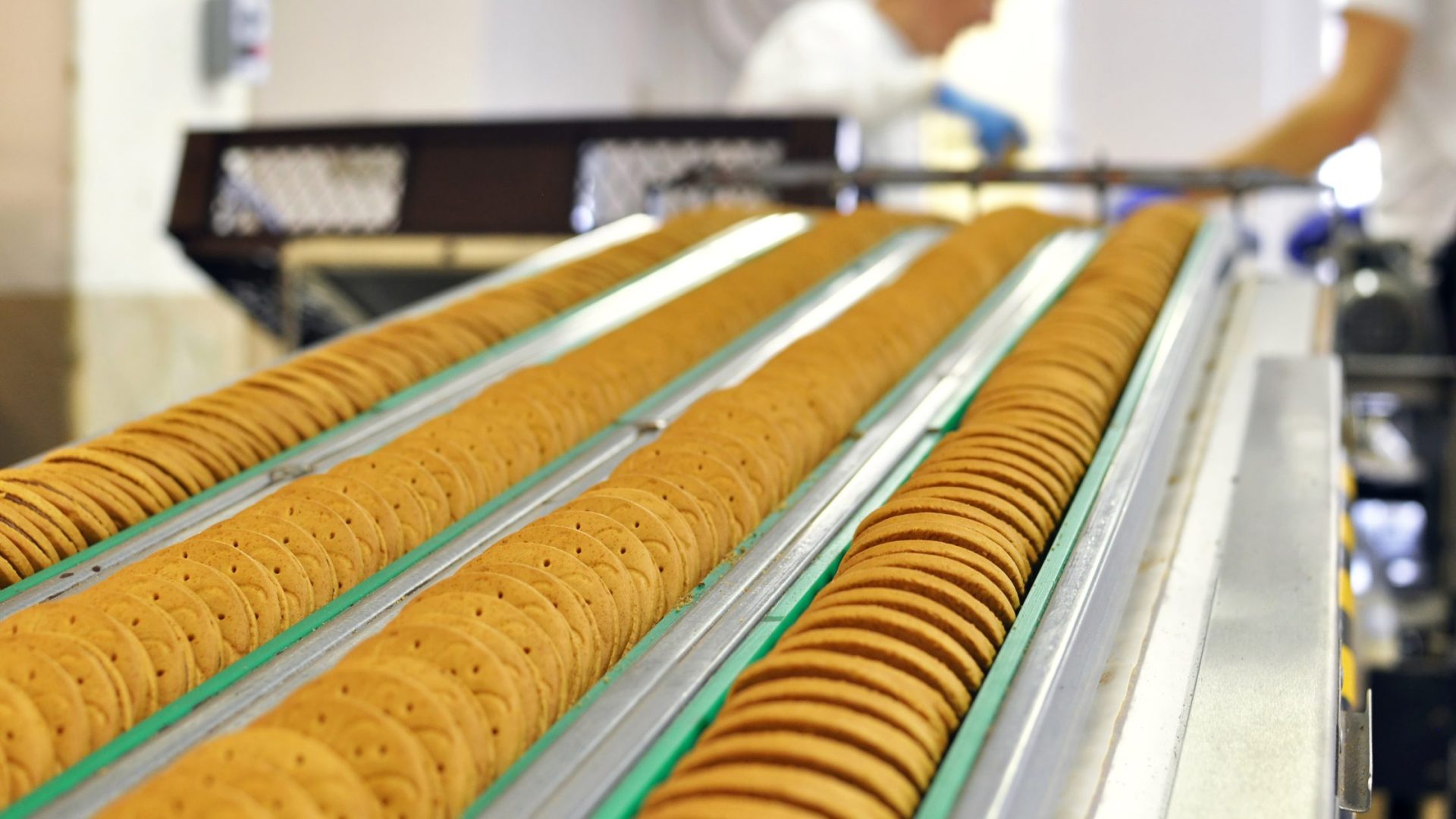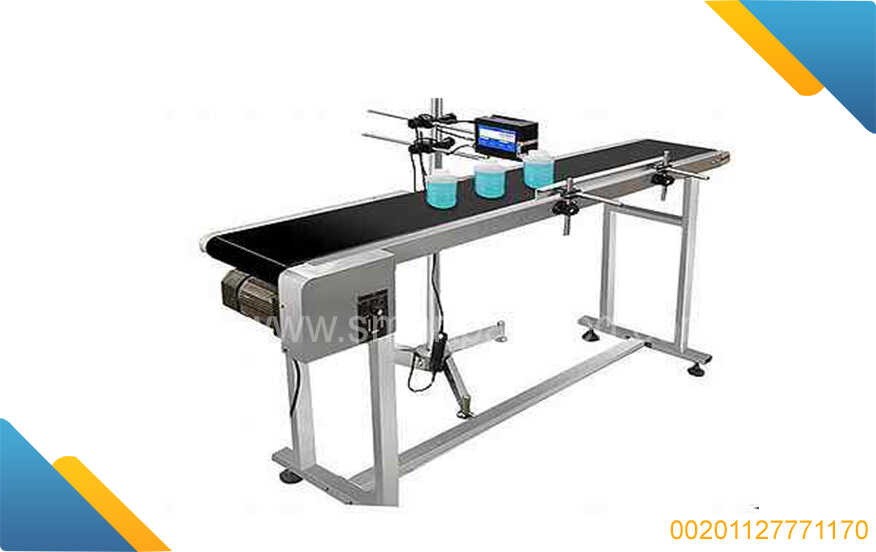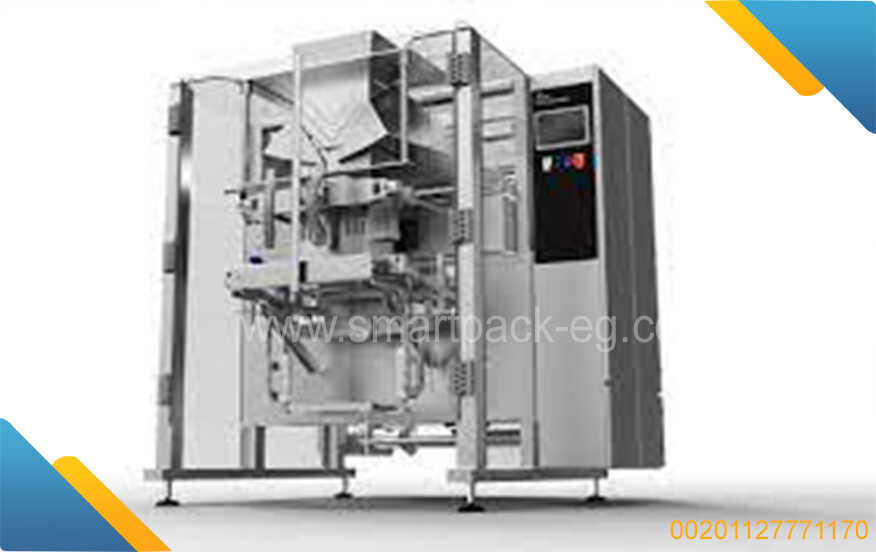How To Guide: Manufacturing Industrial Biscuits, Packaging Machines, and Biscuit Production Lines in Egypt
Introduction:
Manufacturing industrial biscuits requires a combination of precision, efficiency, and quality control. In Egypt, the demand for biscuits continues to grow, making it an attractive industry for entrepreneurs and established businesses alike. This guide will provide an overview of the key steps involved in manufacturing industrial biscuits, including the use of packaging machines and biscuit production lines.
Step 1: Establishing the Production Facility
1.1. Location: Choose a suitable location for your production facility, considering factors such as proximity to raw material suppliers, access to transportation routes, and availability of skilled labor.
1.2. Facility Design: Design a layout that optimizes workflow and maximizes efficiency. Consider factors such as the placement of machinery, raw material storage areas, and packaging stations. Ensure adherence to health and safety regulations.
1.3. Machinery Requirements: Identify the specific machinery required for biscuit production. This may include dough mixers, ovens, cooling conveyors, creaming machines, packaging machines, and more. Choose reputable suppliers who specialize in manufacturing biscuit production machinery.
Step 2: Biscuit Production Process
2.1. Raw Material Procurement: Source high-quality ingredients such as flour, sugar, fats/oils, flavorings, and additives. Work with reliable suppliers who can ensure consistent quality.
2.2. Dough Preparation: Follow carefully formulated recipes to produce the biscuit dough. This may involve mixing the ingredients using a dough mixer until a homogeneous consistency is achieved.
2.3. Biscuit Shaping: Use specialized machinery to shape the dough into various desired shapes and sizes. Common techniques include rotary molding or wire cutting methods.
2.4. Baking: Transfer the shaped dough to baking trays or belts and bake them in ovens at specific temperatures and durations. Monitor the baking process closely to ensure consistent quality and avoid over- or under-baking.
2.5. Cooling: Once baked, allow the biscuits to cool down to room temperature on cooling conveyors. This step is crucial for maintaining their structure and texture.
2.6. Creaming (if applicable): If your biscuit product includes a filling or cream, use creaming machines to accurately and uniformly apply them to the biscuits.
Step 3: Packaging Process
3.1. Packaging Material Selection: Choose appropriate packaging materials based on factors such as product characteristics, shelf life requirements, and branding considerations. Common options include plastic pouches, cartons, and trays.
3.2. Packaging Machinery: Invest in reliable and efficient packaging machines designed for biscuit production lines. These machines will automate processes like filling, sealing, labeling, and case packing. Consider the production capacity requirements when selecting the machinery.
3.3. Quality Control: Implement strict quality control measures throughout the packaging process to ensure consistent quality and product integrity. This includes inspections for correct labeling, package integrity, and proper sealing.
Conclusion:
Manufacturing industrial biscuits in Egypt involves careful planning, attention to detail, and the use of appropriate machinery and equipment. By following the steps outlined in this guide, you can establish a successful biscuit production facility and utilize packaging machines to efficiently package your products. Remember to prioritize quality control at every stage of the production process to ensure customer satisfaction and meet industry standards.



 Admin
Admin 






